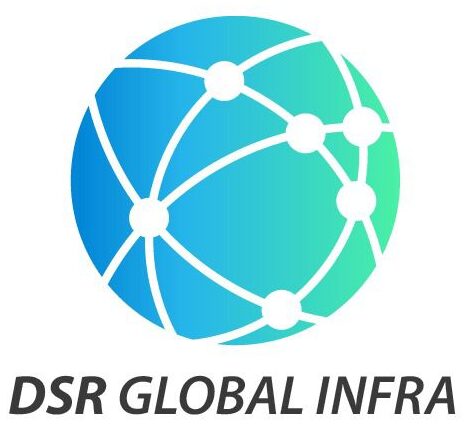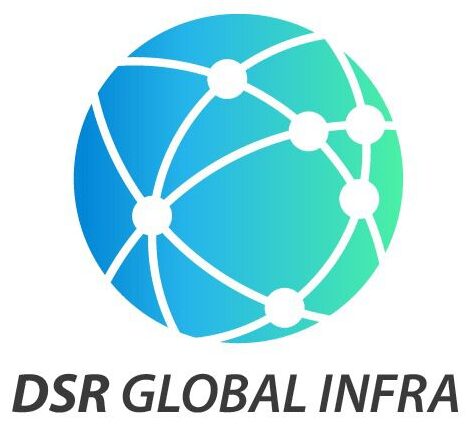
BMS Systems
Building Management Systems (BMS), also known as Building Automation Systems (BAS), are integrated systems that control and monitor a building’s mechanical and electrical equipment. These systems are essential for ensuring energy efficiency, comfort, and safety in modern buildings. Here’s an overview of BMS systems, their components, functions, and benefits:
Components of BMS
- Sensors:
- Temperature Sensors: Measure indoor and outdoor temperatures.
- Humidity Sensors: Monitor indoor humidity levels.
- Occupancy Sensors: Detect the presence of people in different areas.
- Air Quality Sensors: Measure levels of CO2, VOCs, and other pollutants.
- Light Sensors: Monitor natural light levels to control lighting systems.
- Pressure Sensors: Measure air and water pressure in HVAC systems.
Controllers:
- Programmable Logic Controllers (PLCs): Execute control logic based on sensor inputs.
- Direct Digital Controllers (DDCs): Handle specific control tasks for HVAC, lighting, and other systems.
User Interfaces:
- Workstations: Centralized computers that allow operators to monitor and control the BMS.
- Touchscreens: Local interfaces for specific zones or equipment.
- Mobile Apps: Provide remote access to BMS functions.
Actuators:
- Devices that control mechanical systems based on commands from controllers (e.g., dampers, valves, and motors).
Communication Network:
- Protocols: Standardized communication protocols such as BACnet, Modbus, and LonWorks.
- Wiring: Physical or wireless connections between BMS components.
Functions of BMS
HVAC Control:
- Temperature Regulation: Maintain optimal temperature settings for different zones.
- Humidity Control: Adjust humidity levels for comfort and equipment protection.
- Ventilation Management: Ensure adequate air exchange based on occupancy and air quality.
Lighting Control:
- Automated Lighting: Adjust lighting levels based on occupancy and natural light availability.
- Energy-Saving Modes: Implement dimming, daylight harvesting, and timed controls.
Energy Management:
- Monitoring Consumption: Track energy use in real-time for heating, cooling, lighting, and other systems.
- Optimization: Implement energy-saving strategies and identify inefficiencies.
Security and Access Control:
- Surveillance: Integrate with CCTV systems for monitoring.
- Access Control: Manage entry and exit points with card readers, biometrics, or PIN codes.
- Alarm Systems: Monitor and respond to security breaches and fire alarms.
Maintenance and Diagnostics:
- Predictive Maintenance: Use data analytics to predict and prevent equipment failures.
- Fault Detection: Automatically identify and alert operators to system faults.
- Remote Diagnostics: Allow technicians to diagnose and address issues remotely.
Water Management:
- Leak Detection: Monitor plumbing systems for leaks.
- Water Usage: Track and optimize water consumption.

